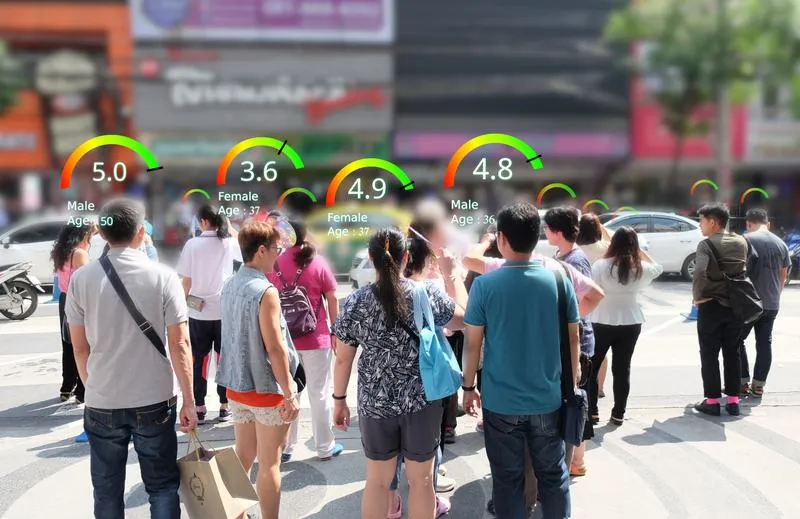
The Rise of Rural Living – Why Americans Are Fleeing Cities in Record Numbers
For decades, America’s big cities symbolized opportunity, prosperity, and the fast-paced life of the modern era. But in recent years, a dramatic shift has taken place: millions of Americans are leaving urban centers and flocking to rural areas. The reasons are as varied as the people making the move, but the trend reveals a growing dissatisfaction with city life and a desire for a simpler, more affordable, and secure way of living.
This article explores the reasons behind America’s rural migration, the challenges cities face, and how this shift is reshaping the nation’s cultural and political landscape.

Why Are Americans Leaving Cities?
Several factors are driving Americans to trade city skylines for the peace and quiet of rural living. Here’s a closer look at what’s behind the exodus:
Skyrocketing Costs of Living:
Urban housing prices have reached staggering levels, putting homeownership out of reach for many middle-class families.
Rising property taxes, food prices, and utility costs make urban life increasingly unaffordable.
Escalating Crime Rates:
Many major cities have seen an increase in violent crime, theft, and vandalism, leading residents to feel unsafe in their own neighborhoods.
High-profile incidents and perceived lack of law enforcement presence have pushed families to seek safer communities.
Post-Pandemic Shifts:
The COVID-19 pandemic normalized remote work, allowing millions of workers to leave the city while maintaining their jobs.
With fewer people needing to commute, rural areas became more attractive for their lower costs and higher quality of life.
Desire for Space and Freedom:
Cities often feel cramped and overcrowded, particularly for families with children. Rural areas offer more space, outdoor activities, and a stronger sense of community.
A growing distrust of urban governance and policies has driven some to seek greater autonomy in rural regions.
The Appeal of Rural Living
For those making the move, rural living offers numerous benefits that cities simply can’t match:
Affordable Housing:
Rural homes are often significantly cheaper than their urban counterparts, with lower property taxes and more land included.
Safety and Security:
Smaller communities tend to have lower crime rates, giving residents peace of mind and a better quality of life.
Stronger Community Ties:
Rural areas are known for their close-knit communities, where neighbors know and support one another.
This sense of belonging is a stark contrast to the anonymity of urban life.
Closer Connection to Nature:
Many people are drawn to rural areas for the opportunity to enjoy outdoor activities, fresh air, and a slower pace of life.
The Challenges Facing Cities
As people leave urban centers, cities face a host of challenges that threaten their long-term stability:
Declining Tax Revenue:
With fewer residents, cities lose a critical source of funding, impacting public services like schools, transportation, and sanitation.
Vacant Properties:
High vacancy rates in office buildings and residential complexes lead to urban blight and economic stagnation.
Social Polarization:
The exodus of middle-class families leaves behind a socioeconomic divide, further straining urban resources and creating tensions.
Political Implications:
Shifts in population affect congressional representation and federal funding, altering the political landscape at both local and national levels.
How Rural Areas Are Changing
The influx of urban transplants is also reshaping rural communities, bringing both opportunities and challenges:
Economic Growth:
New residents stimulate local economies, creating demand for housing, schools, and businesses.
Cultural Integration:
Rural areas are becoming more diverse as people from different backgrounds settle in these communities.
Strain on Resources:
Some rural towns struggle to keep up with the rapid growth, facing shortages in housing, healthcare, and infrastructure.
Shifts in Politics:
As urban migrants bring their political preferences with them, rural areas are seeing subtle changes in their voting patterns and local governance.
What This Means for America’s Future
The rise of rural living marks a significant cultural shift in America. For decades, cities were seen as the engines of economic growth and innovation, but the current migration trend suggests a reevaluation of what people value in their lives. This movement is likely to have long-term implications for housing markets, political power, and even the way communities are structured.
At the same time, cities must address the challenges driving people away, from unaffordable housing to rising crime. Failure to do so could lead to a continued decline, further reshaping the balance between urban and rural America.
Conclusion: A New American Landscape
The great migration to rural areas is about more than just cheaper homes or safer streets—it’s a reflection of changing priorities and a desire for a better quality of life. For millions of Americans, rural living offers the space, freedom, and security they’ve been searching for, even as cities grapple with the consequences of their departure.
As this trend continues, the divide between urban and rural America will grow, presenting new opportunities and challenges for the nation as a whole. Whether this marks a permanent shift or a temporary response to current crises, one thing is clear: America is redefining what it means to call a place “home.”
